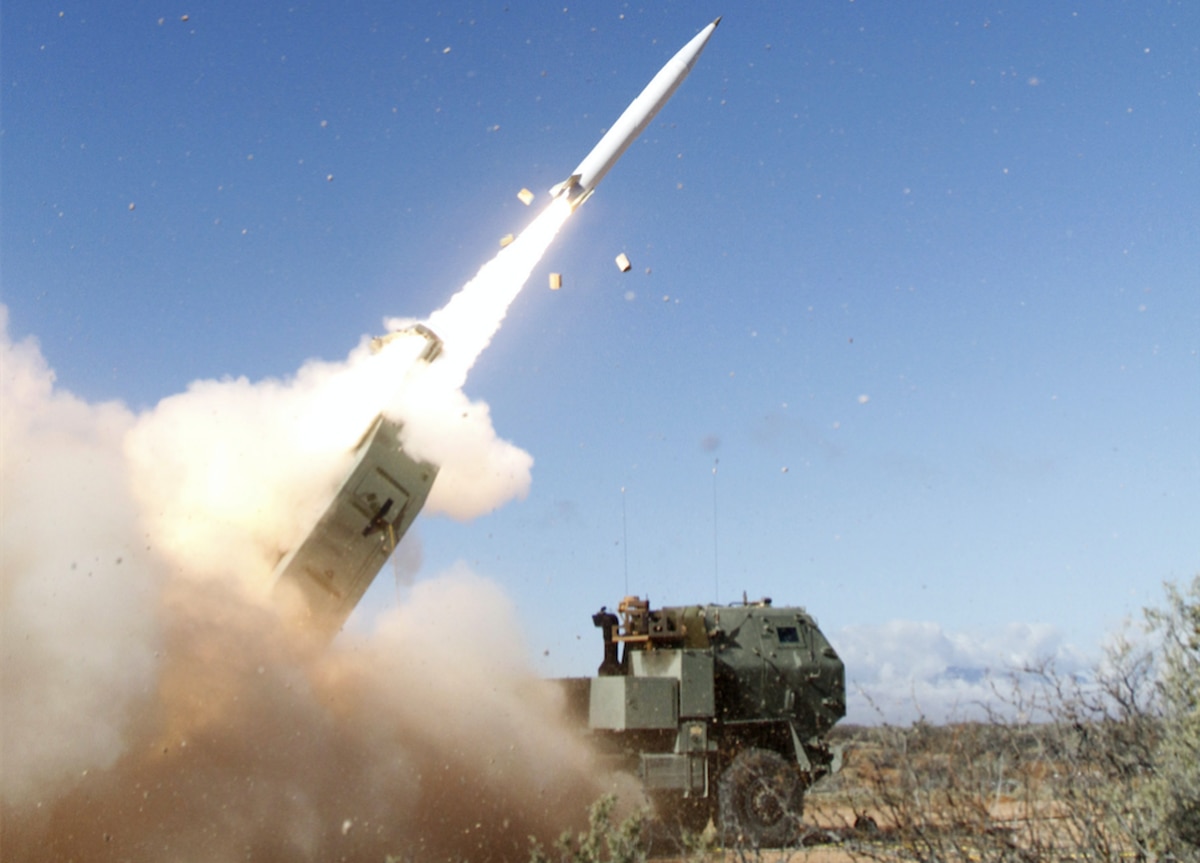Lockheed Martin Corp., Grand Prairie, Texas, was awarded a $20,000,000 firm-fixed-price contract for procurement of long-lead item materials needed to support the development, testing and qualification of the Precision Strike Missile system. Bids were solicited via the internet with one received. Work will be performed in Grand Prairie, Texas, with an estimated completion date of April 28, 2025. Fiscal 2021 research, development, test and evaluation, Army funds in the amount of $20,000,000 were obligated at the time of the award. U.S. Army Contracting Command, Redstone Arsenal, Alabama, is the contracting activity.
In March 2016, Lockheed Martin, Boeing, and Raytheon announced they would offer a missile to meet the U.S. Army’s Long Range Precision Fires (LRPF) requirement to replace the ATACMS. The missile will use advanced propulsion to fly faster and farther (originally out to 310 miles (500 km)) while also being thinner and sleeker, increasing loadout to two per pod, doubling the number able to be carried by M270 MLRS and M142 HIMARS launchers. Lockheed and Raytheon will test-fire their submissions for the renamed Precision Strike Missile (PrSM) program in 2019.
With the United States withdrawal from the Intermediate-Range Nuclear Forces Treaty, the range of the PrSM will be increased beyond the ‘499 km’ limitation previously placed upon it by the treaty. After entering service in 2023, the Spiral One upgrade will incorporate a multi-mode seeker in 2025 with the ability to home in on radio-frequency emissions from land and ship radars and an infrared imaging mode to strike precise points. Spiral Two will focus on enhanced lethality and Spiral Three will increase missile range to 700–800 km (430–500 mi).
